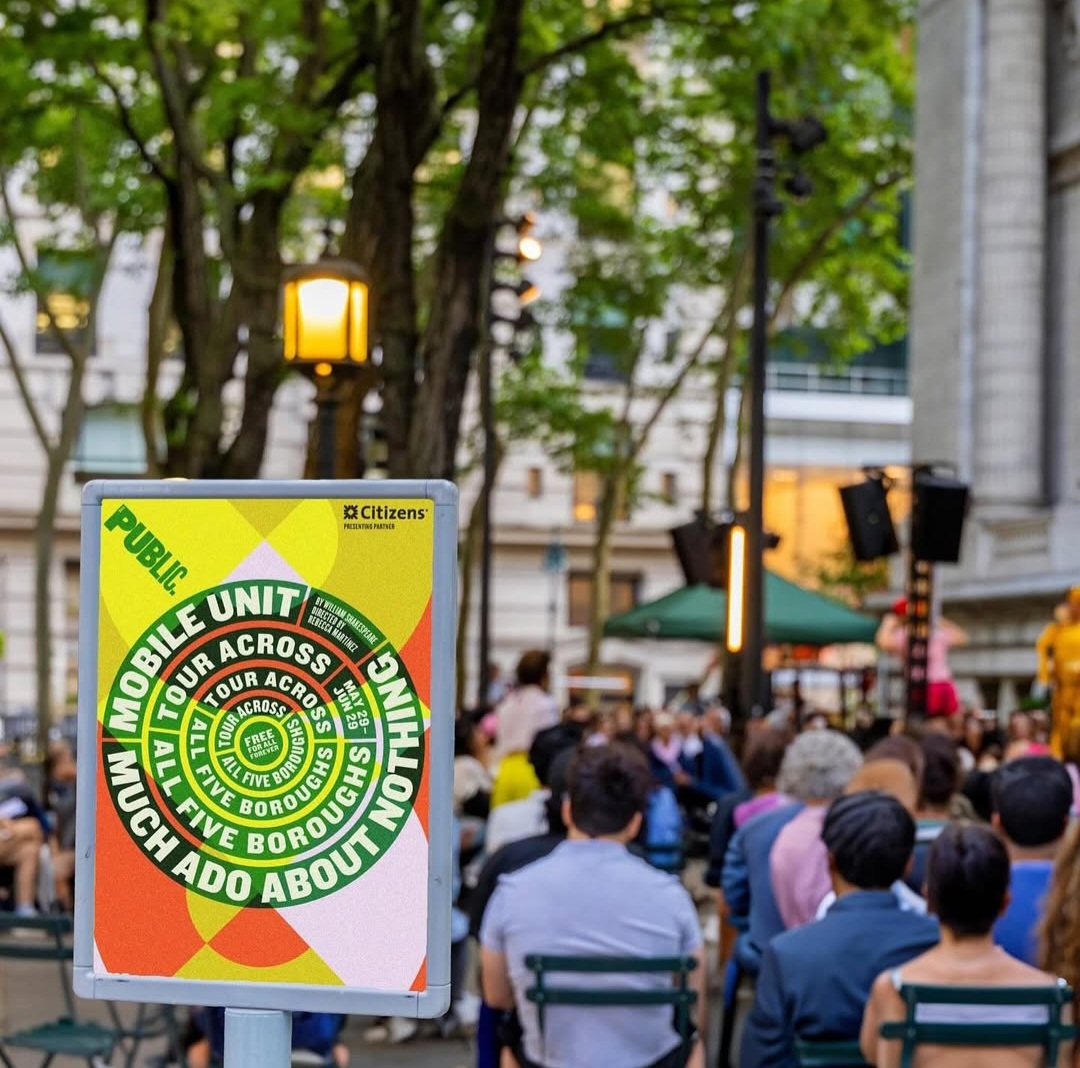
Downtown suffers from a chronic shortage of crossing guards, in part because the First Precinct has trouble recruiting people for the job.
BY DUSICA SUE MALESEVIC |
Downtown’s councilmember says the First Precinct’s stop-gap measure to fill in for scarce crossing guards is still leaving some gaps around local schools.
“The traffic agent is not there every day,” Councilmember Margaret Chin recently told the Council’s Committee on Public Safety.
Last month, the First Precinct announced plans to station traffic enforcement agents at busy intersections near Peck Slip School and Spruce Street School to make up for the shortage of crossing guards. But Chin said parents have told her that the agents are not consistently on post at Peck Slip School, which just opened this September in the Seaport.
“The Peck Slip School’s right off the Brooklyn Bridge,” Chin said. “So there’s a lot of traffic coming through. And parents who are bringing their kids, crossing with their kids, were telling us how dangerous it was.”
Captain Mark Iocco of the First Precinct later told the Downtown Express that he hadn’t heard that the traffic agents were missing shifts, but he was certain if that were the case, local parents would have wasted no time in letting him know.
“If there wasn’t one there, I would have gotten a notification,” he said. “I’m sure I would have received numerous complaints.”
Parents have been calling for additional crossing guards for Downtown schools, but even after the city funded additional posts, the First Precinct has had trouble filling the positions, which is why Iocco convinced the N.Y.P.D.’s Transportation Bureau to assign traffic agents to watch the crossings in the interim.
“I’m grateful that they’re there in the meantime,” he said. “It’s better than nobody being there.”
At the early December Council hearing on two bills to increase oversight of the N.Y.P.D. crossing-guard program, Chin pointed to two incidents that highlight why crossing guards were so necessary on Lower Manhattan’s congested, narrow streets. Two major crashes happened near Spruce Street School, which has been without a crossing guard since it opened in the Gehry building in 2011.
In the first incident, an S.U.V. fatally struck a U.P.S. worker on his route in 2012. Then last April, a car jumped the curb and struck a woman on the sidewalk just a couple of feet from the entrance of the school “forcing parents, teachers, staff to run for their life,” Chin said.
“We just want you to feel a sense of urgency,” Chin told James McNamara, deputy chief for the N.Y.P.D. “We’re talking about our children going to school. We want to make sure that they get there safely.”
McNamara had testified before the committee against the proposed pieces of legislation, the first of which would form an advisory board comprised of the Dept. of Education, Dept. of Transportation and the N.Y.P.D. The second would require the N.Y.P.D. to post a map of where crossing guards are located throughout the city.
The councilmembers spent much time discussing the cause of Downtown’s crossing-guard shortage: the city’s difficulty recruiting and retaining people for a part-time position that pays $11.79 and has a split shift from 7:30 to 9:30 a.m. and 2:30 to 4:30 p.m., which is difficult for those who do not live in the area and have to deal with downtime.
“We’ve got to figure out a way to make it a more attractive position,” Chin said.
McNamara said the N.Y.P.D. is doing everything it can to streamline the process, including waving a fingerprint fee and will even giving prospective crossing guards rides to the police academy in Queens for training.





































